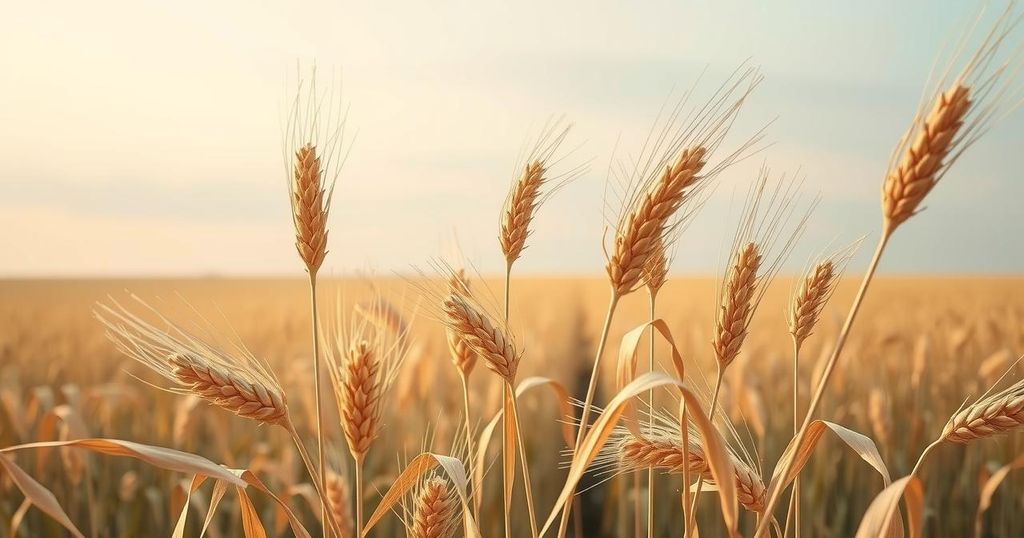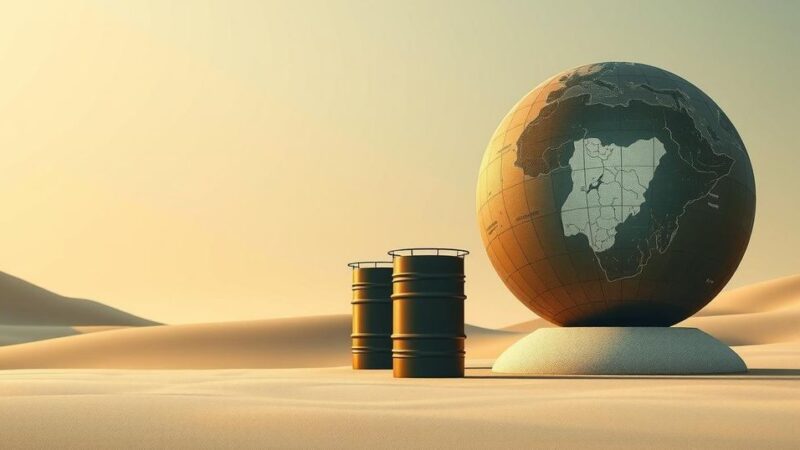Bank Al-Maghrib forecasts a slight increase in Morocco’s grain harvest to 35 million quintals, lower than government hopes of 70 million. Recent rains have improved reservoir levels but do not resolve long-term water scarcity issues faced by farmers, especially in drought-stricken areas.
The Bank Al-Maghrib (BAM) anticipates a slight increase in Morocco’s grain harvest this year, projecting a yield of 35 million quintals. Although this figure indicates an improvement from last year’s yield of 31.2 million quintals, it remains substantially lower than the 55.1 million quintals of the 2022-2023 season.
During a recent press conference, BAM’s Governor, Abdellatif Jouahri, indicated that the expected harvest would contribute to a 2.5% rise in the value added by the agricultural sector. Furthermore, the increase is attributed to both the grain harvest and anticipated growth in non-grain agricultural production.
BAM has revised its previous harvest estimates from December, which suggested a potential yield of 50 million quintals contingent upon favorable rainfall. The bank had noted that well-distributed precipitation from December to March could potentially lead to higher harvest numbers, exceeding prior forecasts.
In contrast, the Moroccan government remains optimistic, setting a target of 70 million quintals in its finance law projections. Recent weather patterns have included heavy rainfall and snowfall, resulting in an increased reservoir filling rate of 35% compared to 26% last year, although this still falls short of the 68% recorded in 2018.
The rainfall has sparked optimism among farmers, particularly those cultivating autumn grains such as wheat, durum wheat, and barley. However, experts caution that this alleviation does not adequately address the ongoing water crisis facing the nation.
Professor Mohammed-Said Karrouk from Hassan II University of Casablanca remarked on Morocco’s long-standing struggle with drought, stating, “Morocco has always been a country of drought. This is structural, not something new. It existed before the establishment of the Moroccan state, before the Idrisid dynasty.” He emphasized that while northern regions have benefitted from heavy rainfall, central and southern areas continue to experience severe drought conditions.
In summary, while Bank Al-Maghrib acknowledges a slight increase in Morocco’s grain harvest, the yield remains below government projections. Enhanced rainfall offers some relief; however, long-term water challenges persist, particularly in regions affected by chronic drought. The agricultural sector’s recovery will require ongoing efforts to address these structural issues.
Original Source: www.moroccoworldnews.com






